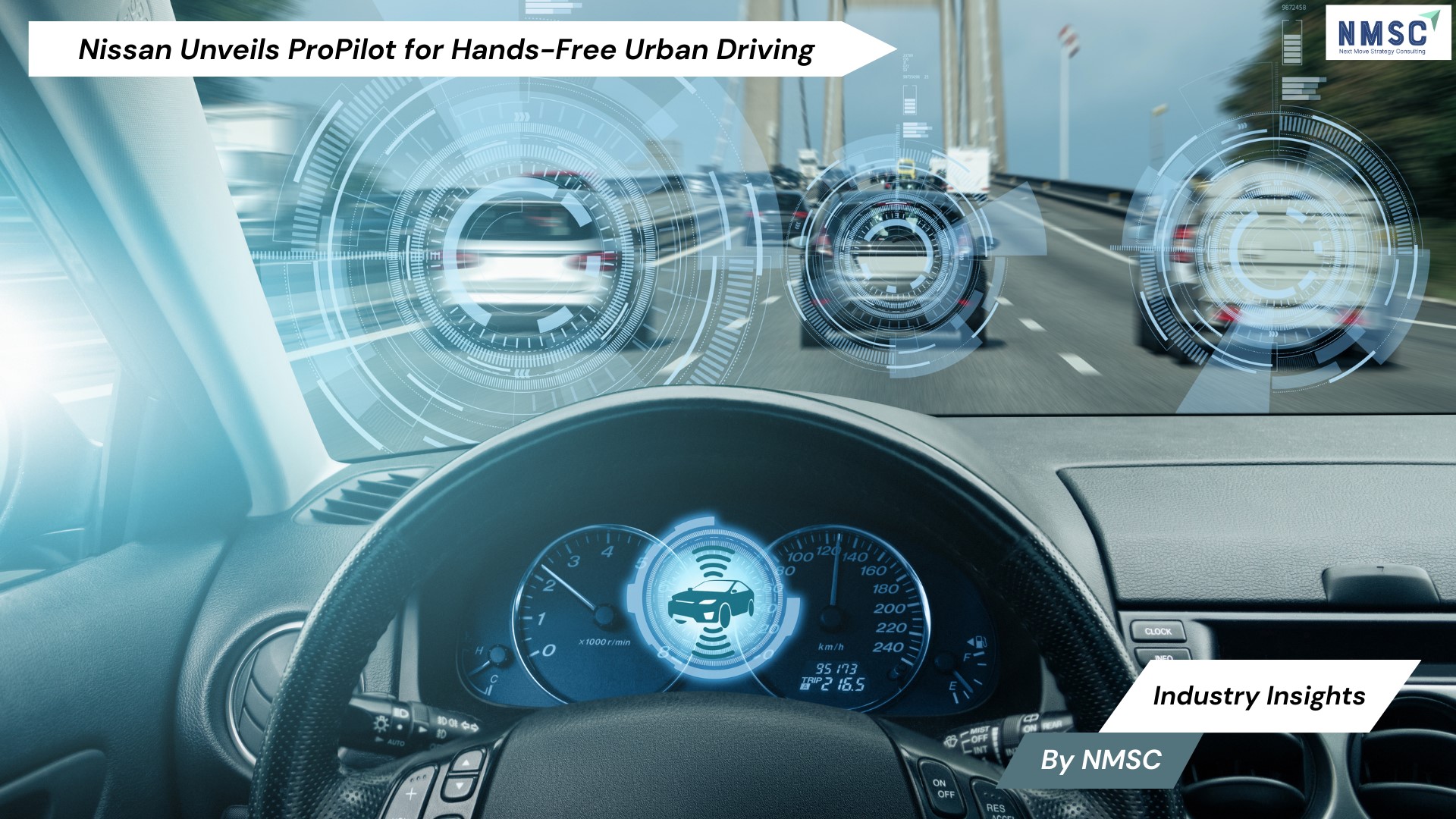Smart Dust Market to Grow at 20.4% CAGR by 2030
Published: 2025-01-16
The growth of the smart dust market is expected to be driven by rigorous R&D activities in the military and defence sector, the growing need for remote monitoring in healthcare, and demand for real-time monitoring of industrial equipments.
According to a new research report by Next Move Strategy Consulting, the global Smart Dust Market will value at $0.2 billion in 2025 and is expected to reach $0.7 billion by 2030, at a CAGR of 20.4% during the forecast period.
Smart dust is being developed for a variety of applications, including battlefield surveillance, weapon guidance, remote sensing, structural monitoring, and personnel tracking in the military and defence sector. For instance, smart dust can be deployed on the battlefield to gather intelligence on enemy movements, deployed in remote areas to gather environmental data and used to track the movements of soldiers and other personnel. Moreover, it can be integrated into weapons systems and military vehicles to detect damage, corrosion, and substrate integrity of military infrastructure. These factors are expected to increase the adoption of smart dust in the military and defence sector, in turn driving the growth of the market.
Smart Dust is increasingly being developed for the health sector globally, as it can help improve medical treatments through monitoring health by analysing the process that takes place within the human body. For example, an appropriate fitting of a prosthetic limb – a medical process - could be significantly improved by utilising Smart Dust. It can be scattered around the area where the prostheses is supposed to be attached, to monitor temperature, identify stress points, and check for appropriate implantation.
Moreover, sensors are an integral part of industries as they are used to monitor appropriate workflow and increase the sustainability of industrial facilities. Smart Dust provides a new prospect in the field of industrial monitoring. With the introduction of Industry 4.0, several industries are integrating technologies such as AI, data analytics, and IoT into their existing industrial facilities. Smart Dust in an industrial setting, typically relies on the IoT-based network of several small microelectromechanical systems (MEMS) that is used to detect and relay information about aspects such as temperature, humidity, and magnetic fields, among other parameters of industrial equipment to monitor their proper functioning. Such factors are expected to drive the Smart Dust market in the upcoming years.
However, privacy concerns associated with Smart Dust hinders the market growth. This is due to the fact that Smart Dust can record anything that they are programmed to record in its vicinity.
On the contrary, introduction of smart dust in space research is expected to play an important role in future space missions as Smart Dust can be deployed in space or on the surface of a terrestrial planet where conventional detection systems would be impractical or difficult to place. This is expected to create ample opportunities for Smart Dust market in future
Request for a Sample PDF on the Smart Dust Market
According to the report, the leading players in the Smart Dust market are HP, Cisco Systems Inc, Analog Devices, Lightricity Ltd, IBM, CubeWorks, SINTEF, Sonardyne International Ltd, General Electric, Hitachi, and others.
Key Insights from the Smart Dust Market Report:
-
The information related to key drivers, restraints, opportunities, and their impacts on the Smart Dust market is provided in the report.
-
Value chain analysis of the market study provides a clear picture of the stakeholders’ roles.
-
The shares of the players in the global Smart Dust market, along with their competitive analyses, are included in the study.














Add Comment